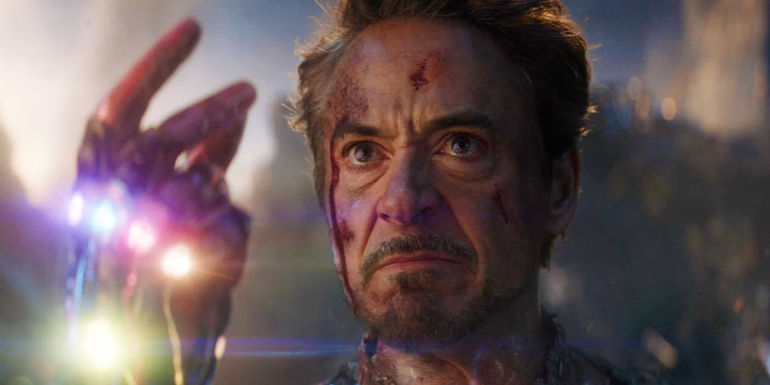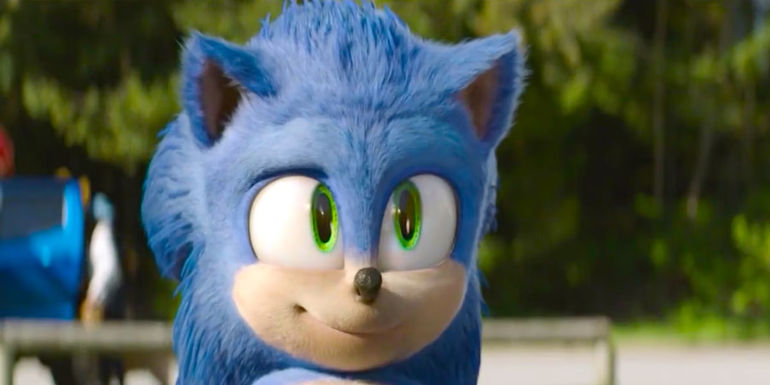
The Art of Creating a Great Sequel: A Guide to Building on the Original

Sequels have the potential to either elevate a story to new heights or diminish the legacy of the original. This article explores the critical factors that contribute to the success of a sequel, from natural character progression to the importance of a strong story arc. By examining both good and bad examples, we uncover the key elements that make a sequel truly great.
Building on the Foundation
Sequels can be hit or miss, depending on some critical factors being used to ensure the quality remains high, and the film lives up to the original. A sequel film has its advantages and disadvantages over the original in a couple of different ways. Sequels already have a foundation where characters have been introduced, and the story has been unfolding before the movie starts. Audiences are familiar with these elements and the sequel must find a way to move the story forward and build out the narrative.
Tony Stark snapping his fingers to kill Thanos in Avengers Endgame
Great sequels deliver on several key aspects. They continue the arc and growth of the central characters instead of erasing them. They also need to have a purpose for being made, meaning there should be a coherent story. If this element isn't included, it could just feel like a cash grab by the studios.
The Recipe for a Successful Sequel
As shown by franchises like The Infinity Saga in the MCU, movie sequels need to build on previous entries, and not erase them. If a series of movies is planned from the beginning, this element can be planned ahead of time, but that isn't always the case. A sequel should take into consideration where the story ended in the previous entry, and develop a story beyond that point, which means the world and characters should be affected by previous events in some way.
Jake as a human from Avatar next to Jake as a Na'vi from The Way of Water
One of the worst things to see in a terrible sequel is a character that seems to reset all of their growth and development from one movie to the next. If a character has learned a valuable lesson in one movie and has a meaningful arc, the worst thing a sequel can do is put them back to square one. Avatar is a great example of this being done well, with Jake Sully and his rival Miles Quaritch having lasting and meaningful changes from one movie to the next. They undergo physical transformations, with their human bodies having been laid to rest, and they have evolved and cemented their beliefs.
Avatar Sam Worthington Jake Sully
Some films just take a movie for the formula, whether that's an odd style of comedy, a heist, a rogue cop, or a dramatic thriller, and they create a movie sequel that doesn't take the franchise anywhere new. Instead, the same story is retold, sometimes with new actors, or slightly altering the setting to try and make it original, but these movies frequently come across as more of a cash grab. Sequels should avoid being exact replicas or simply rejigging the formula without any firm purpose to expand the story further.
A scene with Jamie Kennedy from Son of the Mask.
Crafting a Compelling Narrative
Sequels need a real reason to exist in the first place, so creating a captivating starting point is vital. For Toy Story 3, the story begins with the toys being donated because Andy is off to college. The Dark Knight opens with a new villainous threat in Gotham. They both have a natural and realistic jumping off point to tell the next story. Sequels need to jump into a story at an exciting moment that makes sense to the wider narrative and build from there.
Woody, Buzz, and the other toys inside an incinerator in Toy Story 3 (2010)
The period between one film's release and the next is critical. Filmmakers get real reviews, critiques and praise and accolades for the story depending on what worked for audiences, and what they didn't enjoy. It's worthwhile for the creative teams behind the original movies to take this feedback into account and consider if some of what the audience is crying out for should be incorporated. Although not a sequel, when the trailer for the Sonic the Hedgehog movie was released, fans were overwhelmingly upset with how the central character looked. The studio listened and changed his appearance before release to be more similar to the original.
Sonic smiling in Sonic the Hedgehog 2 movie
Of course, most films need to stand on their own two feet when it comes to story arcs. Movies should have a beginning, middle, and end, and often, these are divided up into three distinct acts. However, the franchise as a whole should also possess some sort of arc. A series of movies that work well independently is great, but unless something ties them together, they are more an anthology of distinct events rather than one series of stories. Movies like Lord of the Rings deliver a strong story arc throughout, the journey to destroy the Ring, and each movie has its own distinct arcs and character developments.
Aragorn looks concerned listening to bad news while his soldiers anxiously await their next order in the background in The Lord of the Rings: The Return of the King














